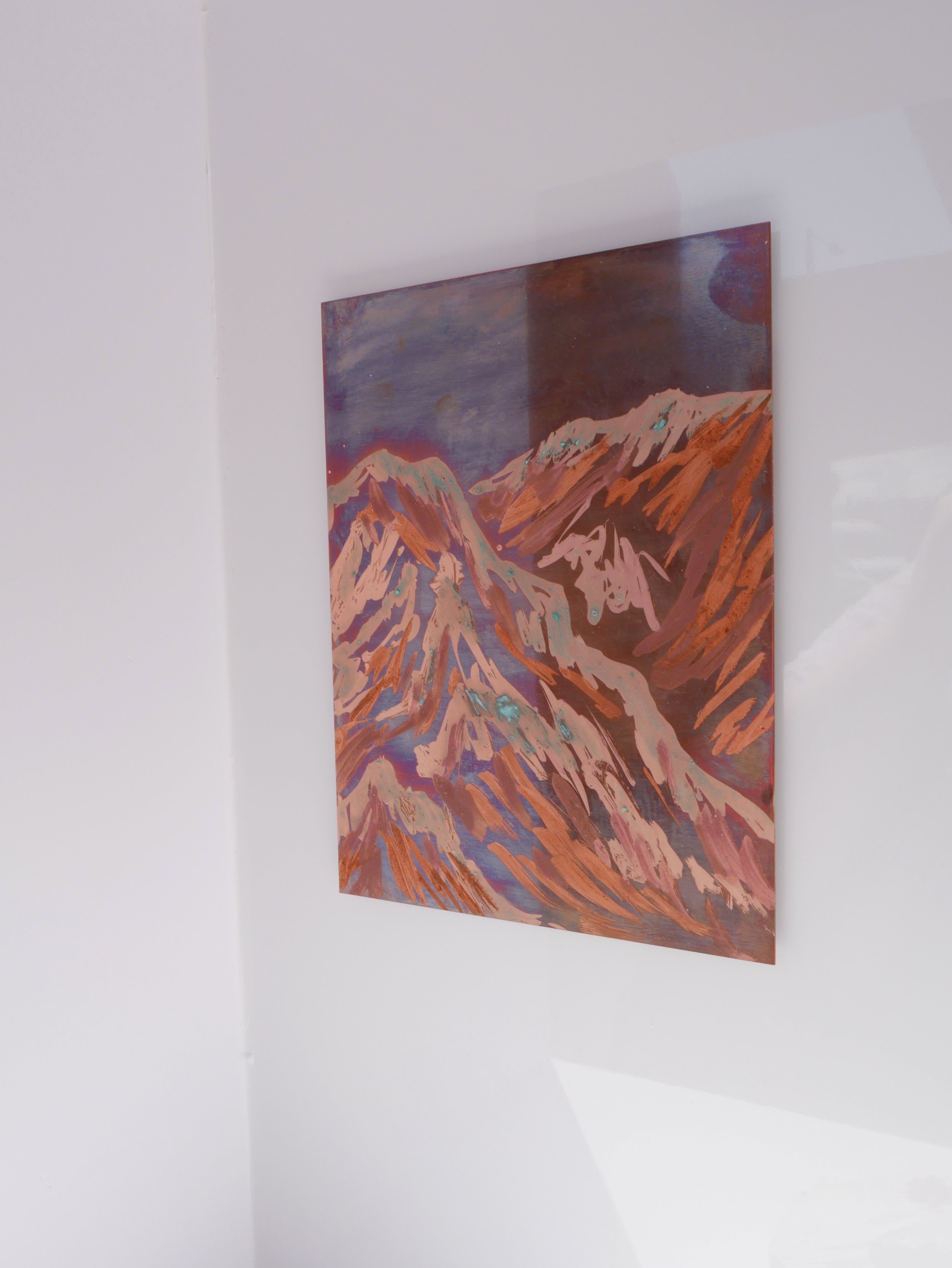Material Legacies: Caernarfon
Slate
Woad
Seaweed
Iron
Copper
Material legacies; Caernarfon is Rhiannon Rees’s project researching into industrial and social materials which have formed Caernarfon. Rhiannon is an environmental responsive artist who is interested in the material legacies of Wales. She has spent time in locations across Wales collecting waste materials or materials of importance to Wales.






